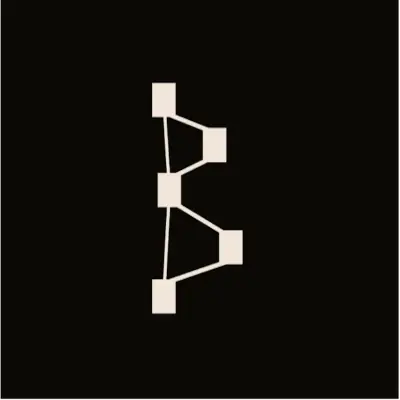
Welcome back to The Bureau.
Today we’re joined by independent journalist Adam Zivo, whose reporting has shed powerful light on one of Canada’s most controversial policies: the “safer supply” opioid program. Meant to save lives, these programs have been exploited by organized crime—making the fentanyl crisis worse, not better.
Right now, Adam is reporting from Serbia, where massive student-led protests are challenging a deeply entrenched system many describe as a mafia state. These protests are historic—not just for Serbia, but for the global moment we’re in.
Serbia’s government has close ties with China’s Belt and Road Initiative, a sweeping plan by Chinese President Xi Jinping to grow China’s global influence through foreign investment and infrastructure. But American intelligence sees a darker side to the Belt and Road—saying it’s also about setting up military footholds and corruption networks to boost Beijing’s plans to replace Washington as global hegemon.
In our conversation, Adam gives us a critical breakdown of what’s happening on the ground, beginning with the dramatic collapse of a train station built under the Belt and Road. It’s a striking symbol of what’s to come as the United States steps back from global leadership, and China fills the gap with its own brand of "foreign aid" that carries dangerous strings attached.
The Bureau is a reader-supported publication. To receive new posts and support my work, consider becoming a free or paid subscriber.
Here’s what we cover:
What’s Happening in Serbia
* Collapse of a major train station built by a Chinese firm under the Belt and Road Initiative
* Student protestors attacked by the government
* Protests grow throughout November:
* Students reject political leaders — they organize through public forums called plenums
* They rotate spokespersons and emphasize peaceful resistance — even cleaning up after protests
* Their movement is not tied to any political party
* They issue four initial demands:
* Release government spending documents
* Investigate and charge those who attacked protestors
* Drop charges against protestors
* Increase the education budget by 20%
* Their non-political, disciplined approach draws wide support
* By December:
* 100,000 protestors join across the country
* 50 university faculties shut down
* President Vučić tries to paint the protests as a “colour revolution” (a foreign-backed plot)
Into 2025: The Movement Grows
* In January, thousands of students begin marching nationwide — joined and protected by biker gangs, who support the protests and are respected in rural areas
* By March, more than 300,000 people — nearly 5% of Serbia’s population — are protesting
* National railways are shut down by mysterious bomb threats
* Protestors face hooligan attacks, firecrackers, and even a sound cannon — which the government denies using
* Students add a fifth demand: Investigate the use of sound cannons
* Meanwhile, opposition parties are calling for a new interim government made up of neutral technocrats, and fresh elections
* This demand is gaining some support among the wider protest movement
* President Vučić has rejected the idea
Big Questions Ahead
* Can the student movement stay independent of party politics?
* Will they form a new political force — or ally with the opposition?
The Deeper History Behind It All
* Serbia has struggled with organized crime and corruption since the 1990s
* Under Slobodan Milošević, the country grew more nationalistic and authoritarian, fueling brutal wars in Bosnia and Kosovo
* Aleksandar Vučić, Serbia’s current president, was once Minister of Information under Milošević (1998–2000)
* He was part of the far-right Serbian Radical Party
* During his time, journalists were murdered, foreign media was banned, and independent outlets were heavily punished
* After student protests helped bring down Milošević, reformer Zoran Đinđić became Prime Minister in the early 2000s
* He was assassinated in 2003 by mafia-linked police and elites
* Vučić later rebranded himself as a pro-European moderate
* In 2012, his Serbian Progressive Party won elections and formed a minority government — launching his rise to full power
This is a public episode. If you'd like to discuss this with other subscribers or get access to bonus episodes, visit www.thebureau.news/subscribe